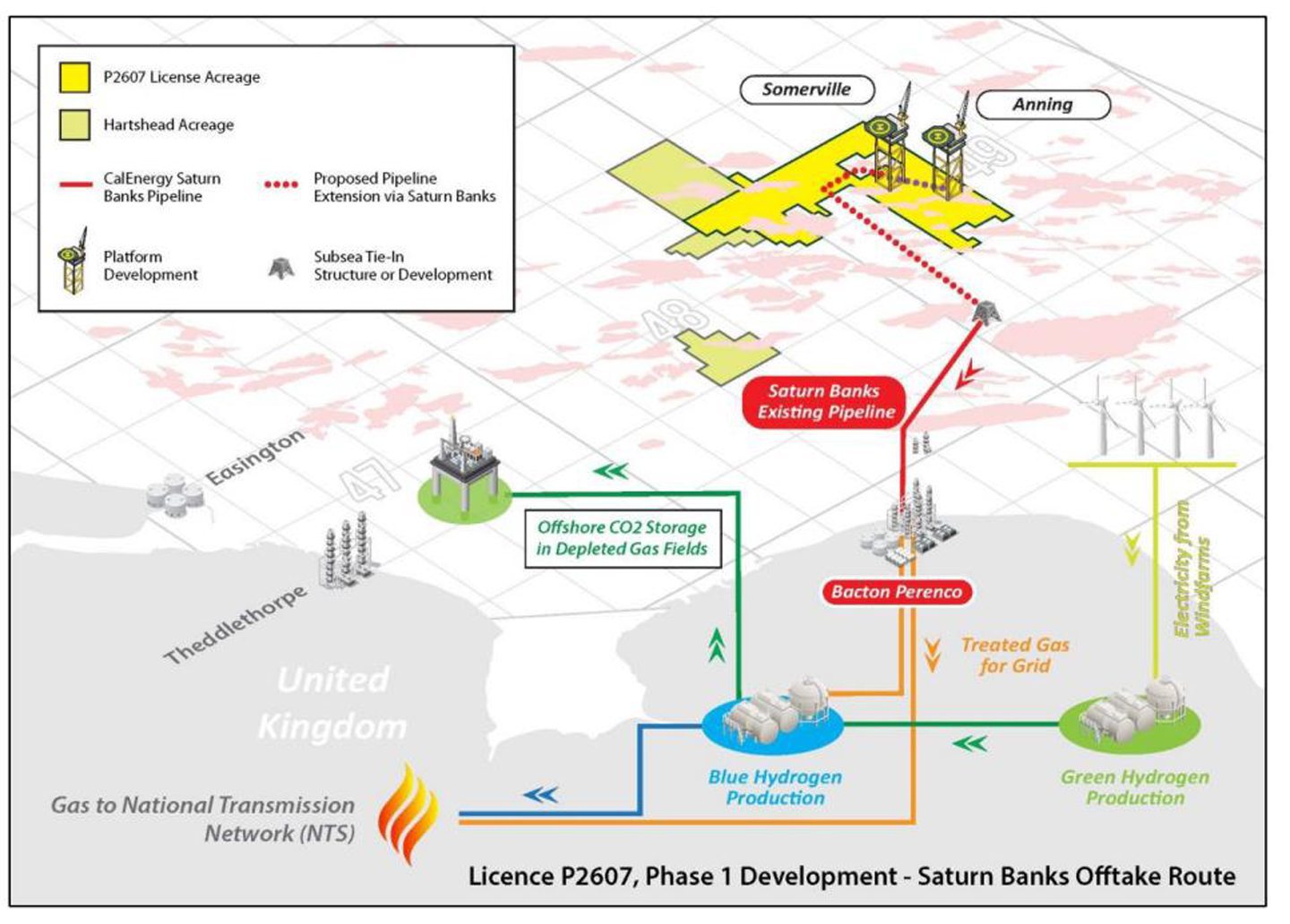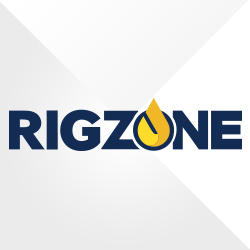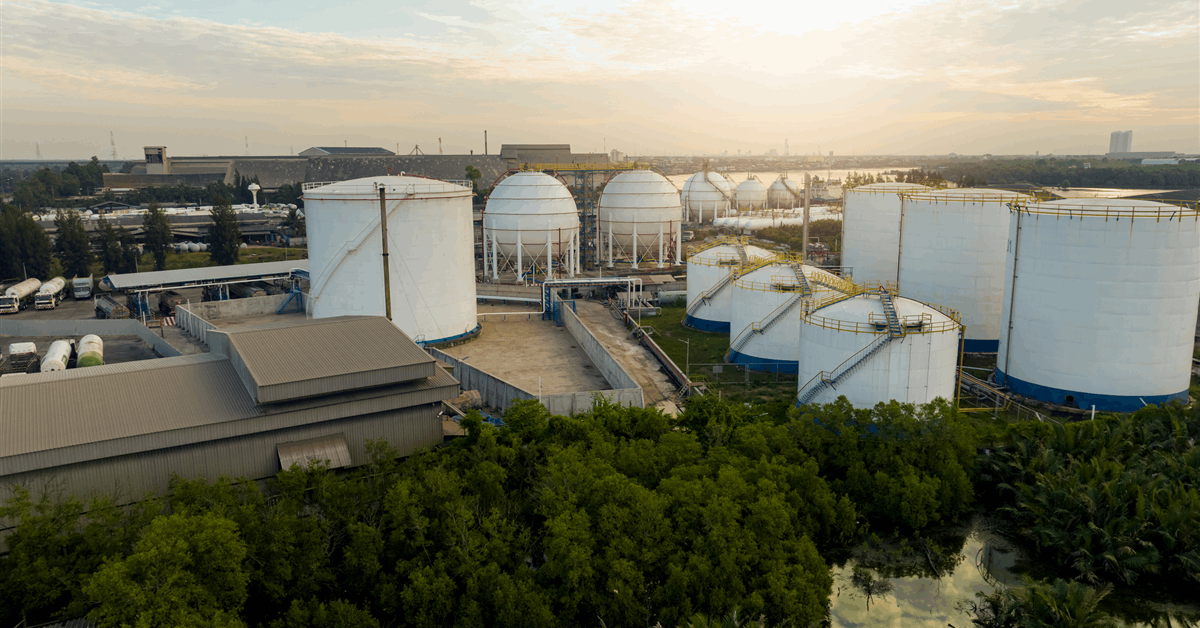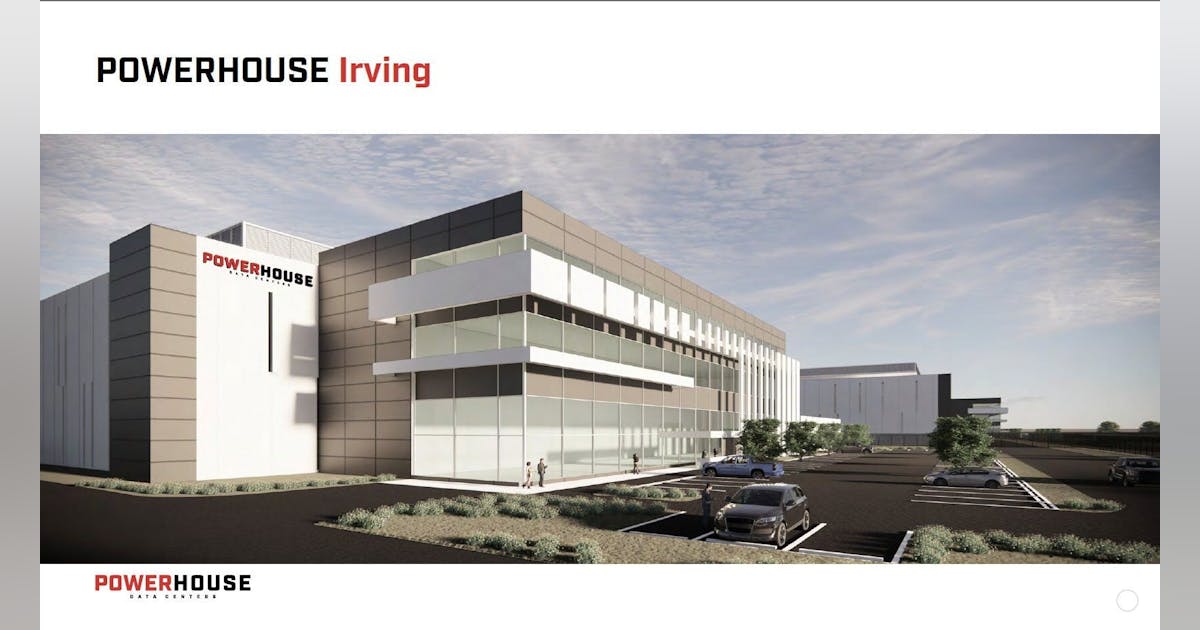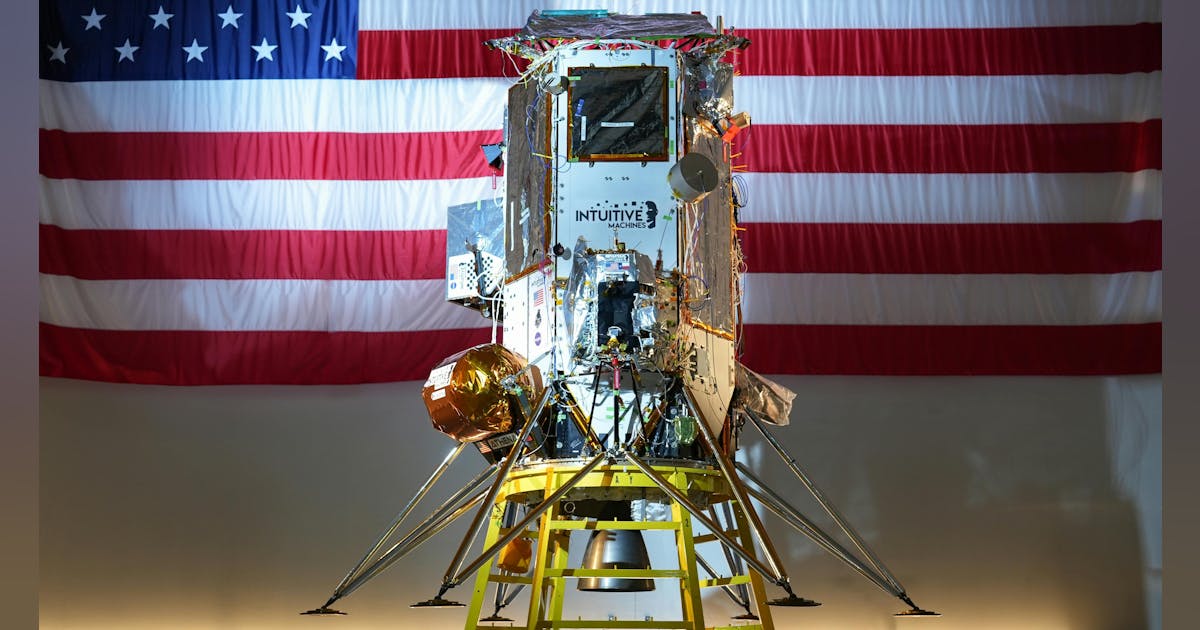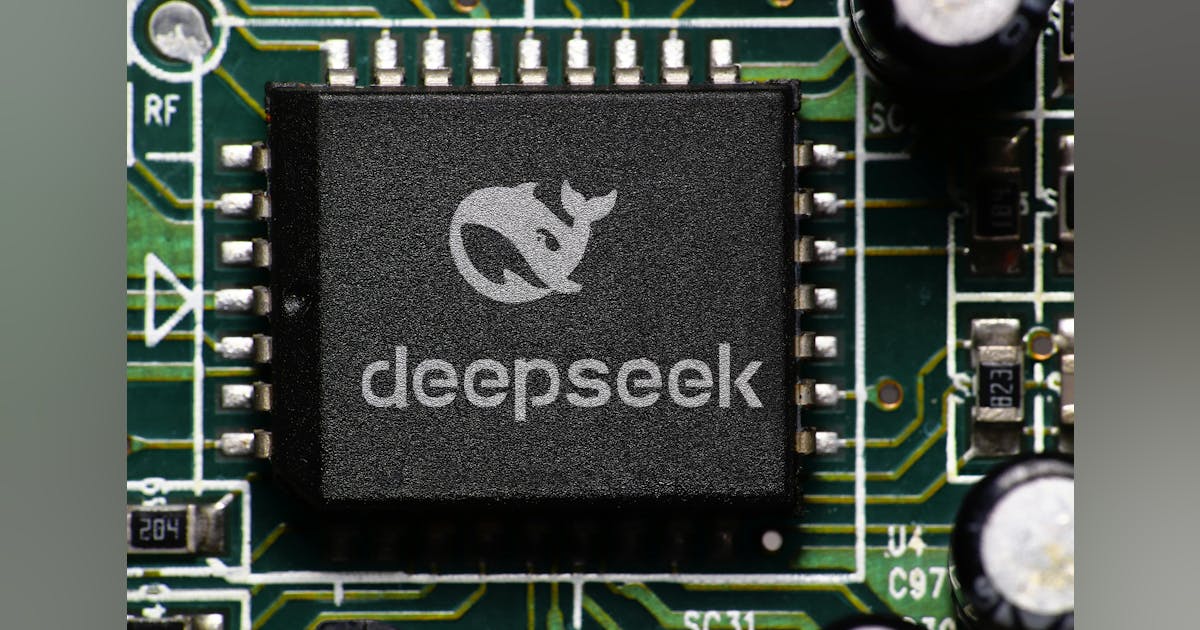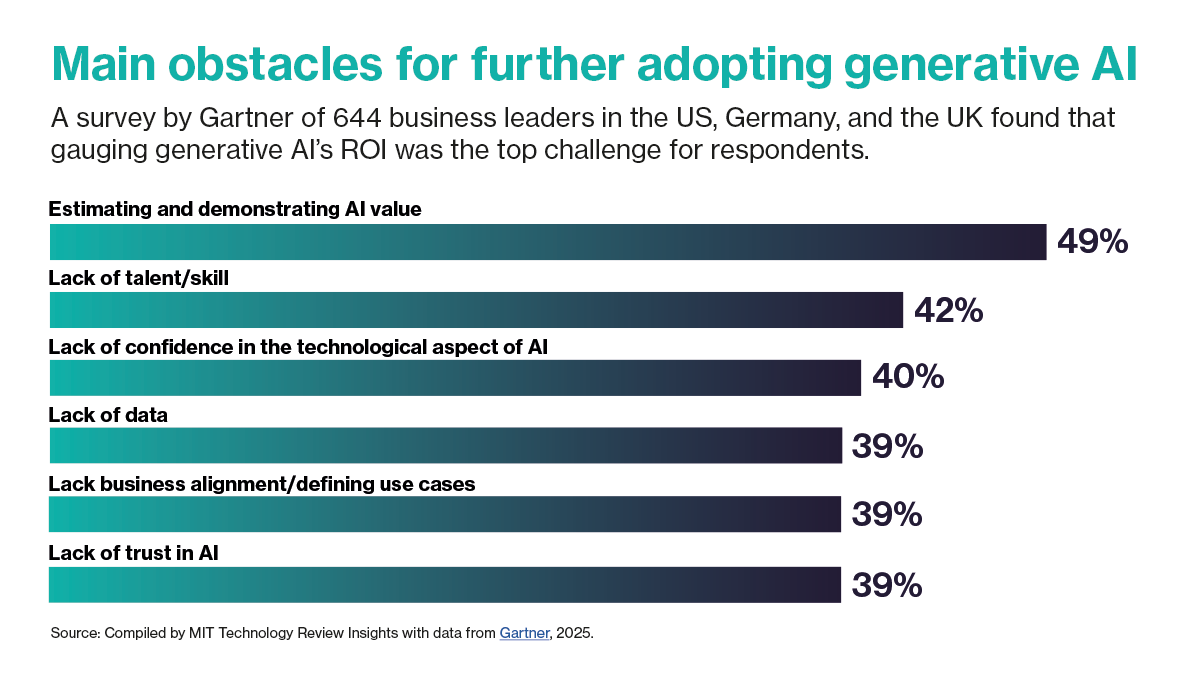The offshore industry has stepped up.
Companies are now talking to one another on a level that we have never seen before.
When we conducted our first inspection as part of our Process Safety Leadership Principles (PSLP) programme in January 2022, we wanted to challenge industry.
We wanted to see how PSLP was being embedded.
We had noted a stagnating safety performance and called on industry to do more to improve this record.
While we do have enforcement powers, for HSE, this programme was more about influencing for change. We want to be an enabling regulator that drives industry safety standards forward.
And by the time we completed our 13th and final inspection in May 2024, we had reached a point where we did not need to continue the programme.
But we were not just inspecting. We were engaging with senior leaders, having meetings with high level stakeholders based in the UK and overseas, and we were engaging with industry groups.
And as we look back on the findings of the programme, one of the big successes is that companies are engaging with one another and applying lessons that they are learning from other firms.
We found that firms were looking at themselves, identifying areas of improvement, engaging with other companies and above all – finding solutions.
This has led to key developments in process safety leadership, Major Accident Hazard (MAH) management and performance, workforce engagement and utilisation of the Elected Safety Representatives.
This is a massive win.
We cannot stop here however.
The programme may have finished but that is not an excuse for complacency.
We will continue to challenge industry, asking companies how they are implementing PSLP and whether they are still collaborating with other firms on the same level we witnessed during this programme.
While we will endeavour to challenge industry on these issues, we will now bring extra focus on risk management and risk tolerance.
The PSLP programme underlined to us that industry is prepared to tolerate a greater degradation of MAH barriers, rather than fixing them.
While knowledge and appreciation of the overall risk profile is improving, further work is required by companies in order to fully understand where they may be exposed.
There needs to be improvements in tackling cumulative risk, audit and assurance, and we note too that a decrease in headcount has led to a reduction in skills, knowledge and competency.
It is not just down to HSE to develop standards in these areas however, companies will need to drive their own self-improvement.
The PSLP programme shows that this can be done through collaboration, engagement and application – industry now needs to continue along this path.
Recommended for you

DC helicopter crash holds safety lessons for offshore industry





